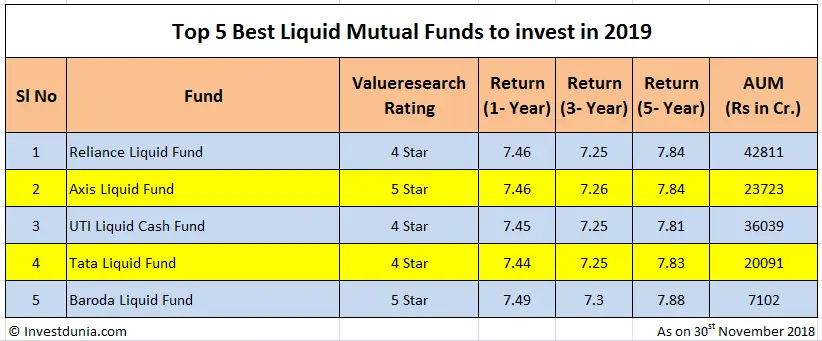
When you want to invest in a mutual fund, you search through the internet and come across many funds and soon it becomes very difficult to decide which fund is better. I want to help you how to judge a Mutual Fund Performance in this article with following eight points. I think all of you are now familiar with the basics of mutual funds which will help you to understand better.
- First you look about the Type of scheme and investment objective which is appeared in the mutual fund fact sheets. The type i.e. Open-ended or close ended and investment objective should be in line with your requirement.
Basics of mutual funds in India
- Find a mutual fund with good track record or performance for a longer period. Don’t judge a mutual fund performance only by its short term performances because it can do well for a very short time due to the bull market. Look at the consistent performance through a longer period which is desirable as the fund has gone through both bull and bear market and performed well.
-
Expense Ratio:
It is the percentage of Net assets which is used to manage your fund and significantly affects your mutual fund performance. If you are investing 1 lakh rupees in a year and expense ratio is 2.5% that means you are paying Rs 250 for managing the fund and the rest amount is invested. In other words, if fund ROI is 14 %, you will get the return at 11.5%. A fund with lower expense ratio can give you more return in the longer period. If you invest one lakh rupees in a mutual fund with expense ratio 2.5%, assuming 14% ROI after 20 years, you will get Rs 4.8 lakh now. If the expense ratio is 2%, you will get 5.2 lakh.
-
Sharpe Ratio:
It is the measurement of return with respect to the risk what the fund takes. So, Sharpe ratio is risk adjusted returns. Higher Sharpe Ratio is better as it measures higher returns per unit of risk.
-
Alpha:
Alpha ratio is the measurement of a fund manager’s performance which ultimately hits the mutual fund performance. If a fund is expected to give 12% return and actually it gives 15% return that means alpha of the fund is 15-12=3.
-
Beta:
The beta value is an idea that how the fund is moving with respect to the market. If a beta value of a fund is 1.2 and the market is giving the return of 10% that means the funds return is 1.2X10=12%. At the same time if the market is down by 10% that means the fund is losing 12%. If the funds beta is more than 1, the fund will gain or lose more than the market. A high beta is generally preferred as it can beat the market returns though during the market downturn it will lose and ultimately you will not get so significant higher returns from the market.
-
R-Squared:
R-squared value varies from 0 to 100. This value is the percentage of a fund’s movements with respect to the movements of its benchmark index. An R-squared of 100 means that every movement of the fund is completely explained by movements in the index. Thus, index funds that invest only in Nifty 50 stocks will have an R-squared very close to 100. Similarly, a low R-squared indicates that very few of the fund’s movements can be judged by the movements of the benchmark index. Generally, a higher R-squared will indicate a more useful beta figure. If the R-squared is lower, then the beta is less relevant to the Mutual fund performance. For more you can refer Are Your Mutual Fund Investments Actually Performing Well?
- Standard deviation:Standard Deviation of a fund is the difference in returns of the fund, deviated from the mean level. The higher the value of standard deviation, the greater will be the volatility in the fund’s returns. The standard deviation of 35 means that the fund’s return can fluctuate in either direction (up or down) by 35% from its average return. These values are annualized and updated on a regular basis.
These ratios can give you a fair idea about a mutual fund performance and in turn how to choose a mutual fund.




Nice post. Very useful for beginners.
Thanks Prabhat.
Nice post. Can you guide us how to calculate the ratio mention in your above post.
Thank you.
you don’t have to do the cumbersome calculation to figure oyut the ratios. You can visit valueresearchonline.com for the ratios and make your investment decision accordingly.
Mutual fund is great scheme but it is important to judge mutual fund performance. You really help me how to judge a Mutual Fund Performance in your article with superb eight points. The basics of mutual fund are very interesting and knowledgeable. Thanks to give nice information.